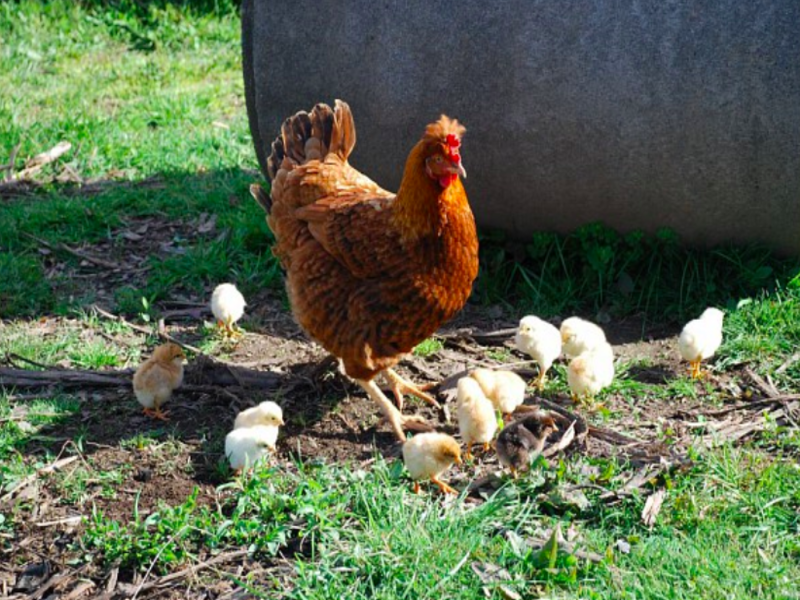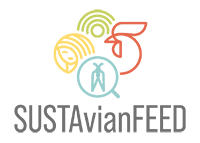In recent times, the world has been awakened to the urgency of ecological revival and the need for a fundamental shift in our dominant socio-economic model. We are coming to realize that within just a few decades, we have undone centuries of natural evolution guided by time and nature itself.
The failure to grasp the importance of restraining unchecked and irrational growth, despite the warning signs, has led us to a critical juncture. Is there still hope for redemption?
We talked about it with Francesco Sottile, professor Biodiversity and Quality in the Agri-food System, as well as conservation of traditional rural landscapes at the University of Palermo.

Member of the Slow Food Board of Directors, he is author of over 100 scientific publications, he coordinates the activities of the Biodiversity Conservation Centers of Agricultural Interest and is member of the Committee on Biodiversity of Agricultural Interest at the Italian Ministry of Agriculture, Food and Forestry in Italy and of the newly established EU Biodiversity Platform.
The Urgency of Change
Amidst desertification, biodiversity loss, and the rise of catastrophic climatic events, Sottile advocates for a profound awakening, inviting humans to see the world through the eyes of the soil, the plants, the wildlife, and the natural resources such as light and water. The interconnection between livestock farming and biodiversity plays a pivotal role in this new perspective.
“The use of native breeds – he explains – becomes a tool for strengthening the sustainable farming model, confirming that the combination of local breed, suitable territory, and communities of breeders and processors represents the virtuous vision to act sustainably within an ecosystem where humans, plants, and animals coexist in proper balance. Breeding native breeds with high adaptability to the environment means raising more robust, less demanding, and more resilient breeds that can leverage the territorial specificities while being in harmony with farming and breeding communities. This leads to the production of high-quality products and derivatives, but more importantly, it establishes a strong connection with the cultural traditions of the region”.
In this context, biodiversity takes center stage and demonstrates that only through a process of conservation and valorization can we give credit to decades of extraordinary product transformation traditions.
In the quest for sustainability and cultural preservation, it is essential for us to recognize the value of biodiversity, embrace indigenous breeds, and rekindle the appreciation for local traditions and exceptional products. Only through this holistic approach can we hope to restore the delicate balance between humans, nature, and the environment for a more sustainable and harmonious future.

Native breeds for the SUSTAvianFEED project
The project has chosen some native breeds as a fundamental component of its approach due to several important reasons:
– Biodiversity Conservation
Native breeds often have adapted over generations to local environments and conditions. By choosing native breeds, the project contributes to the preservation of genetic diversity and helps prevent the loss of unique traits and characteristics that might not be present in commercial or non-native breeds.
– Environmental Adaptation
Native breeds have developed resilience to local environmental challenges, such as climate conditions, diseases, and feed availability. By using these breeds, the project can take advantage of their natural adaptation, potentially reducing the need for intensive interventions like medication or specialized housing.
– Sustainable Agriculture
Native breeds often require less intensive management and inputs compared to non-native breeds. This aligns with the project’s goal of promoting sustainable farming practices that minimize the environmental impact of livestock production.
– Cultural and Economic Preservation
Many native breeds are deeply intertwined with local cultures and traditions. Supporting these breeds can help maintain cultural heritage and contribute to the economic sustainability of local communities that rely on traditional farming practices.
– Resilience to Changing Conditions
In the face of changing global circumstances, such as climate change and disease outbreaks, native breeds might prove to be more resilient and adaptable compared to specialized or non-local breeds.
– Reduced Input Dependency
Native breeds are often better suited to forage-based diets and might require fewer external inputs, such as concentrated feeds. This aligns with the project’s goal of reducing the reliance on external resources for livestock production.
– Educational and Awareness Purposes
Highlighting the importance of native breeds can raise awareness about the value of preserving genetic diversity and supporting local agriculture. The project might use native breeds as educational tools to demonstrate sustainable farming practices to the wider community.
Overall, choosing native breeds aligns with the principles of sustainability, biodiversity conservation, cultural preservation, and the promotion of traditional and resilient farming practices, which are likely central to the objectives of the Sustavianfeed project.
To find more about native breeds in the SUSTAvianFEED project click here
Reading tips
In his book, On the Side of Nature, Sottile writes a clear call for embracing biodiversity and indigenous breeds that offers hope for a sustainable future. By respecting the delicate equilibrium between humans, nature, and the environment, we can restore the harmony that once guided the course of evolution. As we reconnect with our cultural heritage and the natural world, we embark on a journey towards a greener, healthier planet. Together, we can safeguard traditions, protect biodiversity, and forge a path towards a more sustainable tomorrow.







Leave a Reply
You must be logged in to post a comment.